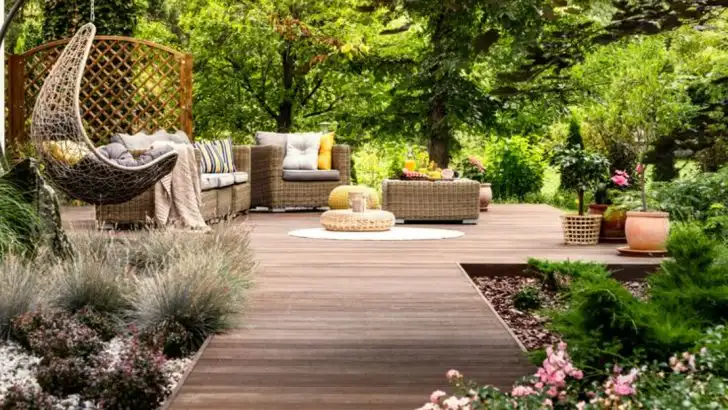Landscaping a new backyard can be both exciting and overwhelming, especially with so many design options to consider. To ensure that your outdoor space looks beautiful, functions well, and stays sustainable, there are a few rules that should never be overlooked. From selecting the right plants for your environment to creating a layout that enhances the flow of your yard, careful planning is essential.
One crucial rule is understanding the importance of soil health. Preparing your soil properly not only helps your plants thrive but also reduces the need for constant maintenance down the road. Additionally, pay attention to your garden’s microclimates—the specific conditions each part of your yard offers, such as sunlight exposure and wind patterns. By following 19 expert rules, you can ensure that your landscaping project is a success from the very start, creating a yard that’s both stunning and low-maintenance for years to come.
Plan with Purpose
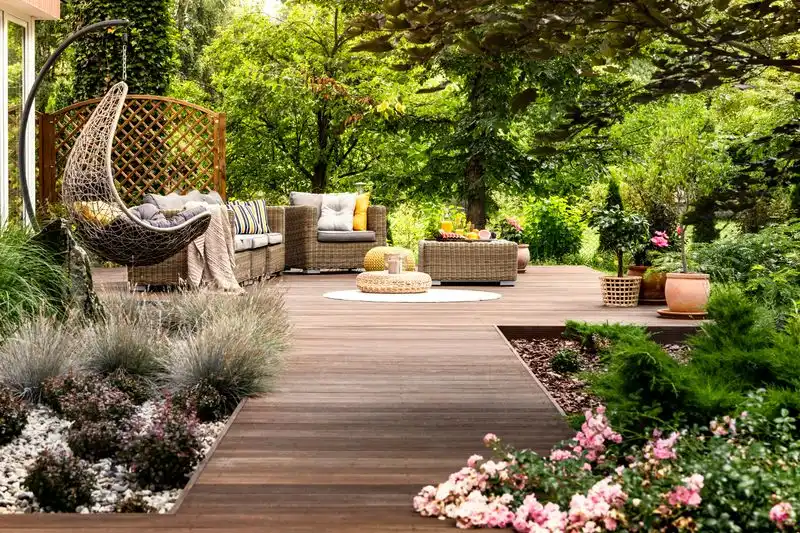
Before digging, designing a comprehensive plan is essential. A well-thought-out plan ensures the space meets your aesthetic and functional needs. Consider pathways, seating areas, and plant types. Visualizing the entire layout helps prevent oversights and allows for coherent design flow. Planning also enables efficient budgeting and resource allocation. Divide the space into zones for activities like dining, gardening, and relaxation. This foresight avoids clutter and enhances usability. Use graph paper or digital tools for crisp sketches. Seeking professional advice can further refine your vision, ensuring practicality without sacrificing creativity.
Analyze the Climate
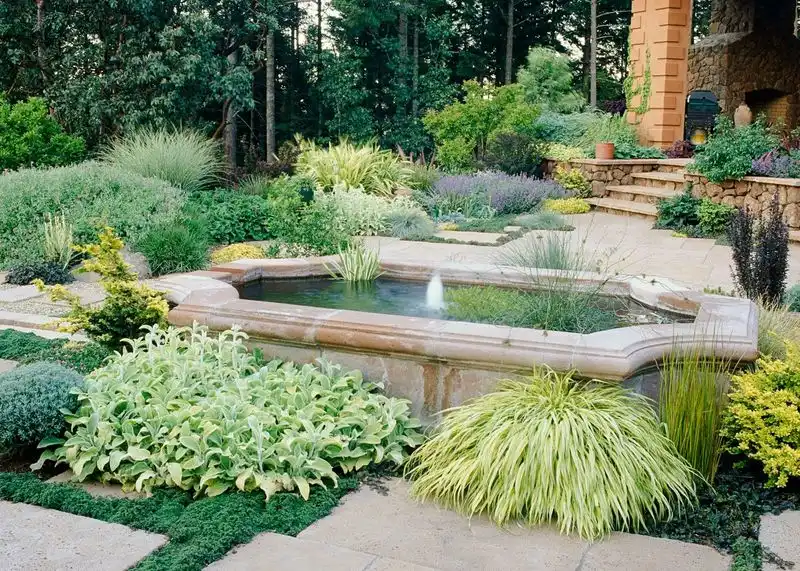
Understanding the local climate is crucial for choosing the right plants. Different plants thrive in specific conditions. Analyze sunlight patterns, seasonal changes, and rainfall. This knowledge ensures plant longevity and reduces maintenance. Select drought-resistant varieties for dry areas. In humid climates, choose plants that can withstand moisture. Local nurseries are excellent resources for climate-specific advice. They provide insights into native species that naturally thrive. Incorporating these plants reduces water usage and enhances the ecosystem. Tailoring your choices to the climate results in a more sustainable and vibrant garden.
Soil Testing
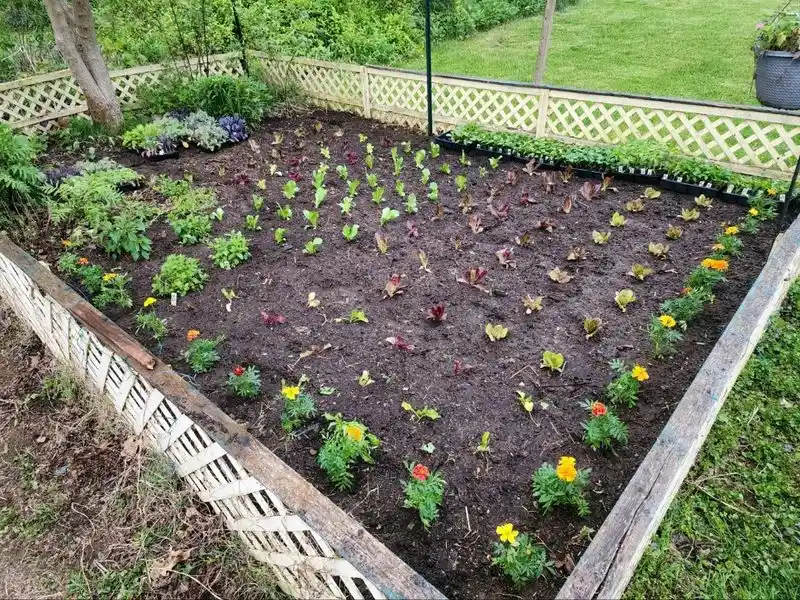
Testing the soil is a fundamental step in landscaping. Different plants require different soil conditions. A soil test identifies pH levels, nutrient content, and texture. This information guides amendments to enhance soil quality. Adding organic matter can improve fertility, while lime adjusts pH. Knowing the soil’s composition helps in selecting appropriate plants. Some plants prefer acidic soil, while others thrive in alkaline conditions. Testing kits are available at garden centers. Analyzing the results ensures your plants receive the necessary nutrients for healthy growth.
Set a Realistic Budget
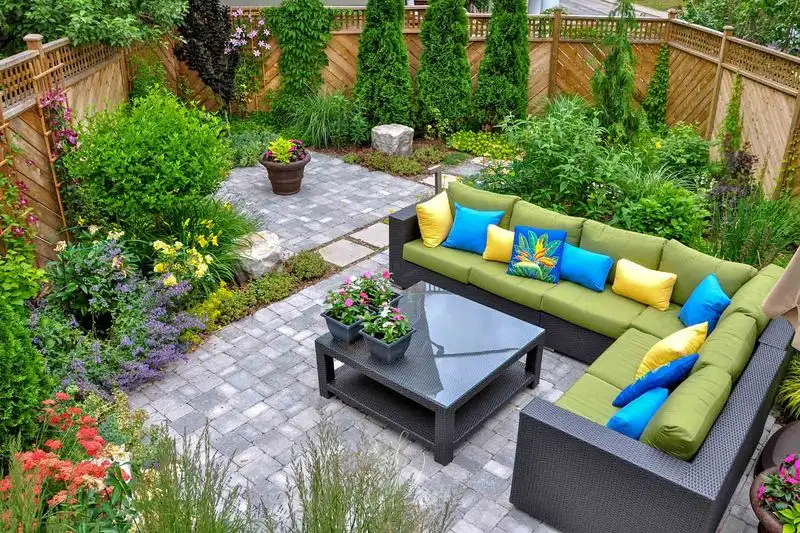
Establishing a budget before starting the project is vital. It dictates the scope of your design and prevents financial overreach. Include costs for plants, materials, labor, and unexpected expenses. Prioritize features that are most important to you. DIY projects can save money, but some tasks require professional expertise. Allocating funds wisely avoids unfinished landscapes and allows for phased development. Flexibility in budgeting accommodates changes during the process. Having a clear financial plan ensures the project remains manageable and enjoyable.
Choose Native Plants
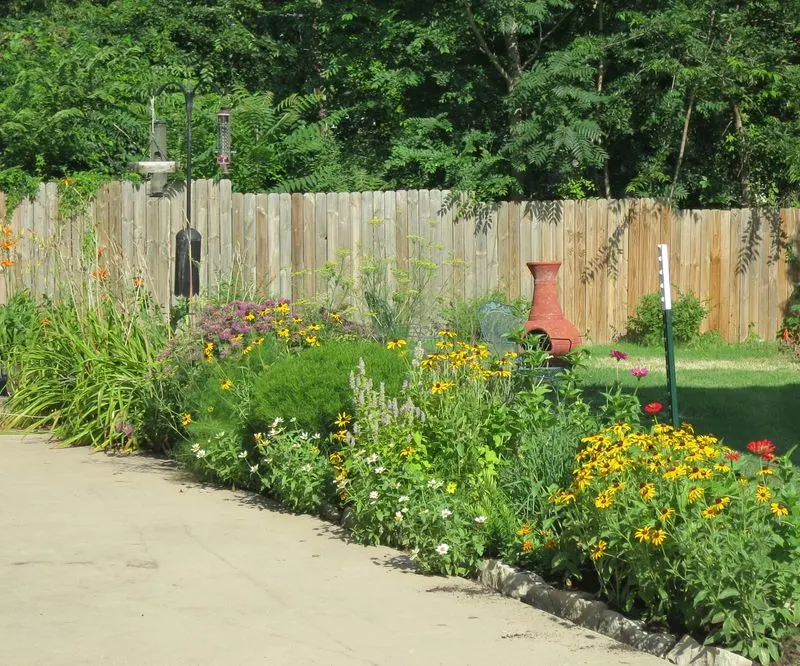
Native plants are adapted to the local climate and soil, making them ideal choices. They require less maintenance and water. Incorporating native species promotes biodiversity, attracting local wildlife. These plants often have natural defenses against local pests. Consult with local nurseries or botanical gardens for recommendations. They provide lists of native plants suitable for your area. Native plants create a harmonious garden that blends seamlessly with the natural environment. Choosing them reduces resource consumption and enhances the ecosystem’s resilience.
Incorporate Hardscaping

Hardscaping adds structure and functionality to outdoor spaces. Elements like patios, walkways, and retaining walls provide stability and define areas. These features require careful planning and quality materials. Hardscaping complements the garden’s aesthetics and adds value to your property. Use materials like stone, wood, or concrete to match the style of your home. Consider balance and proportion when integrating these elements. Hiring a professional ensures durability and safety. Thoughtful hardscaping enhances usability and reduces maintenance over time.
Balance Aesthetics and Functionality
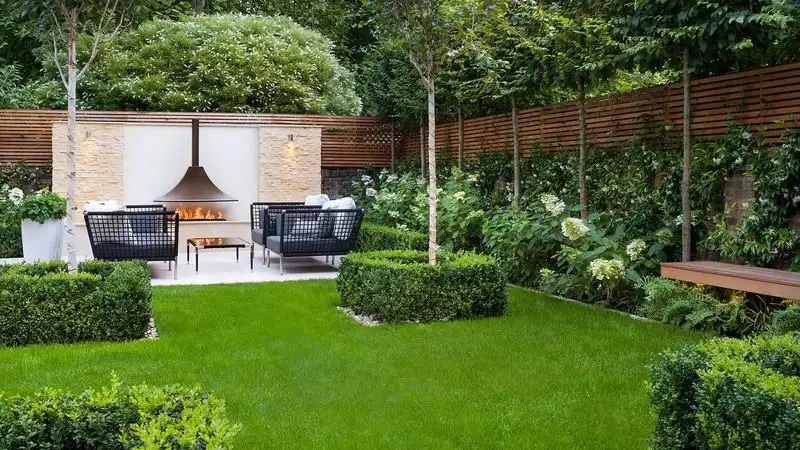
Striking a balance between beauty and practicality is key. A visually pleasing garden that’s also functional provides daily enjoyment. Consider the garden’s purpose when choosing plants and layout. Paths should be wide enough for easy navigation. Seating areas should offer comfort and views. Decorative elements should enhance rather than overwhelm. Use symmetry and repetition for cohesiveness. A well-balanced garden invites relaxation and social gatherings. Consulting with a professional designer can help achieve harmony between form and function. This balance ensures the garden remains a treasured space.
Mind the Water Features
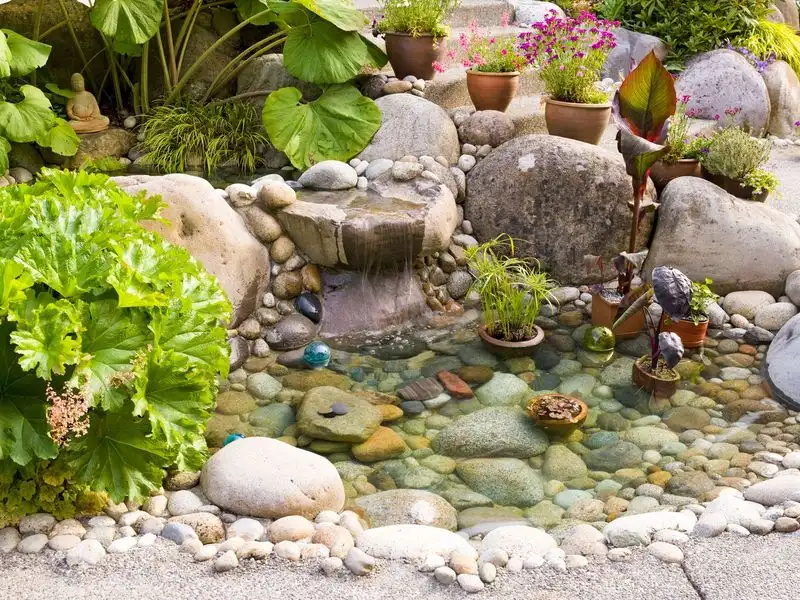
Adding water features can bring tranquility and attract wildlife. Ponds, fountains, and birdbaths introduce movement and sound to the garden. These elements require careful positioning and maintenance. Ensure water features are proportionate to the space. Consider safety, especially if children or pets visit the garden. Water-loving plants can be integrated around these features for a cohesive look. Regular maintenance prevents stagnation and promotes a healthy ecosystem. Properly installed water features become focal points that enhance the garden’s ambiance.
Lighting for Ambiance
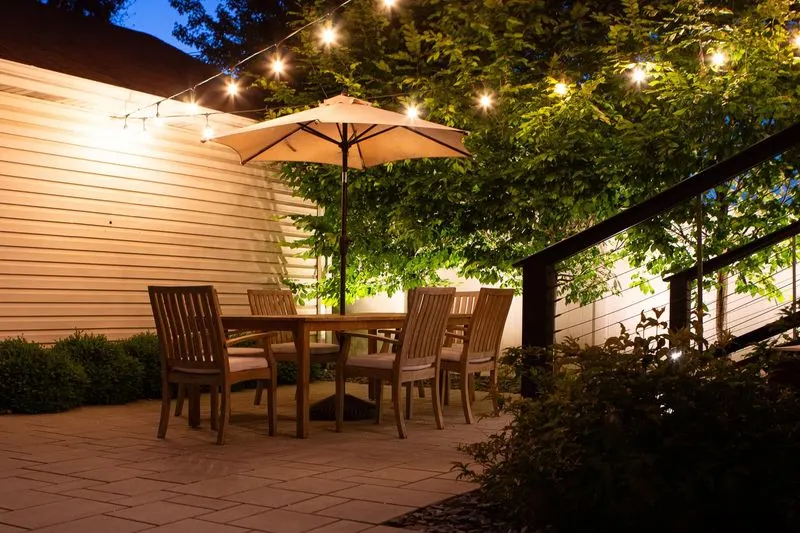
Lighting enhances the garden’s ambiance and extends its usability into the evening. Well-placed lights highlight features and improve safety. Use solar lights along paths for energy efficiency. Spotlights on trees and shrubs create dramatic effects. Consider the mood you wish to set; warm tones create coziness, while cool tones are refreshing. Choose fixtures that complement the garden’s style. Outdoor lighting should withstand the elements and require minimal maintenance. Thoughtful lighting design adds depth and invites enjoyment of the garden at any hour.
Respect Property Lines
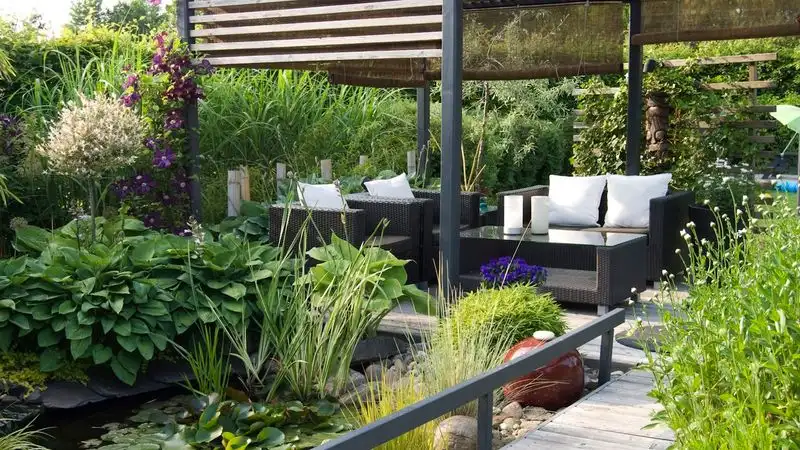
Respecting property lines prevents disputes with neighbors. Before starting any landscaping project, confirm boundaries through surveys or official documents. This ensures all installations remain within your property. Planting along property lines should consider future growth to avoid encroachment. Communicate with neighbors about plans near shared boundaries. This fosters good relationships and prevents misunderstandings. Properly respecting boundaries ensures legal compliance and enhances neighborhood harmony. It also safeguards your investment by ensuring all efforts contribute solely to your property’s value.
Consider Seasonal Changes
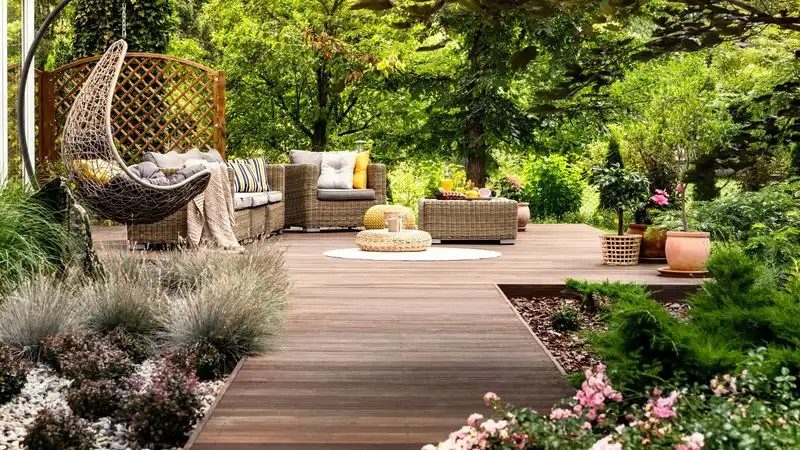
Designing with seasonal changes in mind ensures year-round interest. Select plants with different blooming times to maintain visual appeal. Incorporate evergreens for consistent greenery. Consider how the garden will look in different weather conditions. Seasonal planning includes preparing for fall leaves and winter protection. This approach prevents the garden from looking barren during certain months. A garden designed for all seasons offers continuous enjoyment. Consulting with a horticulturist can provide insights into suitable plant selections and maintenance tips for seasonal transitions.
Enhance Privacy
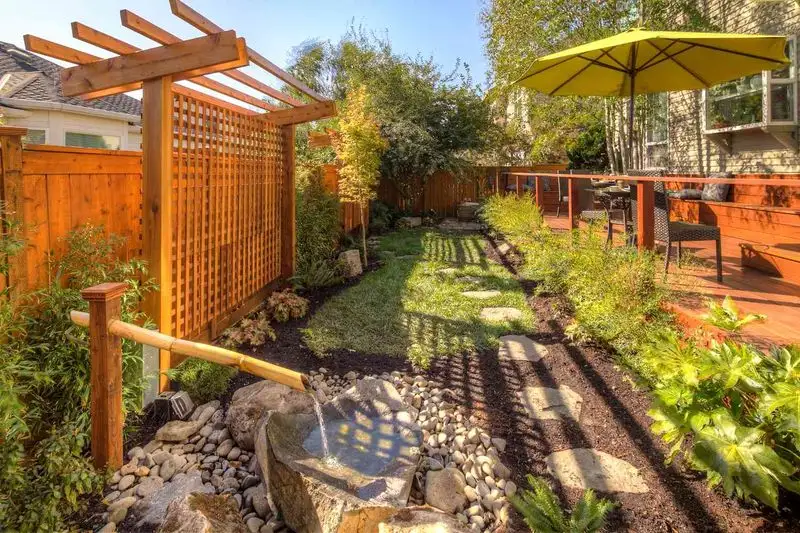
Creating privacy transforms a backyard into a personal retreat. Use tall shrubs, fences, or trellises to shield views. Privacy elements should blend with the garden’s aesthetic for coherence. Consider fast-growing plants for quick coverage. Layering plants of varying heights adds depth and protection. Privacy can also be achieved with pergolas or awnings. These structures provide seclusion while maintaining an open feel. Balancing privacy with openness creates a welcoming space. Thoughtful design enhances comfort and relaxation in your backyard sanctuary.
Be Mindful of Scale
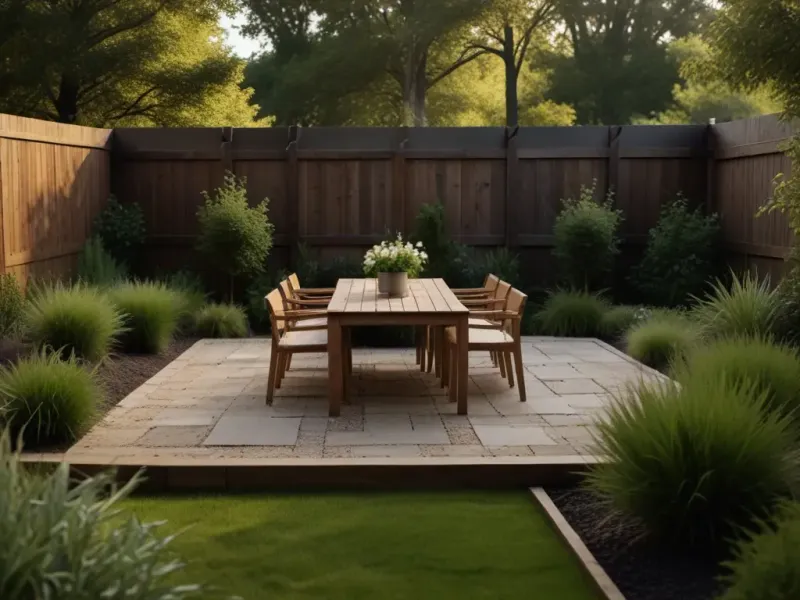
Scale is essential in creating a harmonious garden. Oversized elements can overwhelm, while too-small features get lost. Consider the size of your space and select elements proportionately. Large trees or structures need adequate room to thrive without dominating. Balance is achieved by varying plant heights and textures. Use larger elements as focal points, with smaller plants filling in gaps. Understanding scale ensures a cohesive and visually pleasing landscape. A mindful approach to size creates a garden where every feature complements the whole.
Incorporate Edible Plants

Edible plants add utility and flavor. Incorporating herbs, vegetables, and fruit trees provides fresh produce and beauty. These plants can be integrated into flower beds or dedicated plots. Choose varieties suited to your climate and soil. Edible plants encourage sustainable living and reduce grocery bills. They also attract beneficial insects that support the ecosystem. Regular harvesting keeps plants productive and adds interest to your garden routine. A garden with edible plants enriches both the table and the visual landscape.
Design for Wildlife
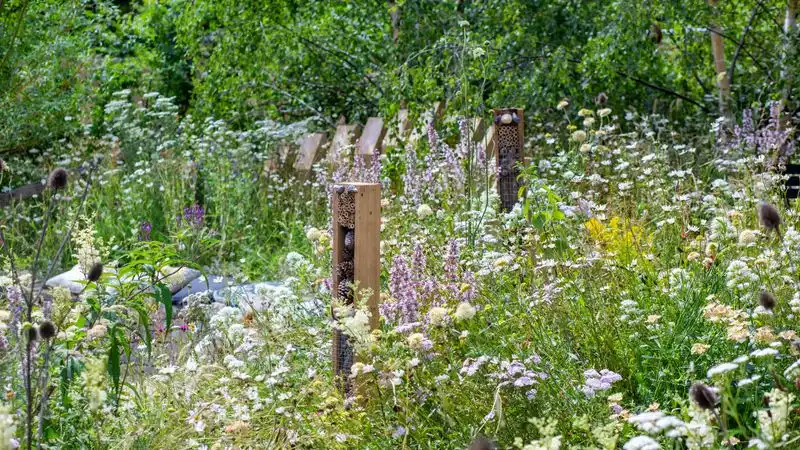
Gardens that attract wildlife contribute to biodiversity. Incorporate features like bird feeders, bat houses, and pollinator-friendly plants. Wildlife needs food, water, and shelter. Native plants provide natural resources that attract local species. Consider a variety of plants to support different animals. Designing for wildlife requires minimal effort but offers ecological benefits. Birds and beneficial insects enhance the garden’s health and vibrancy. Creating a wildlife-friendly space transforms your garden into a lively and balanced ecosystem.
Ensure Accessibility
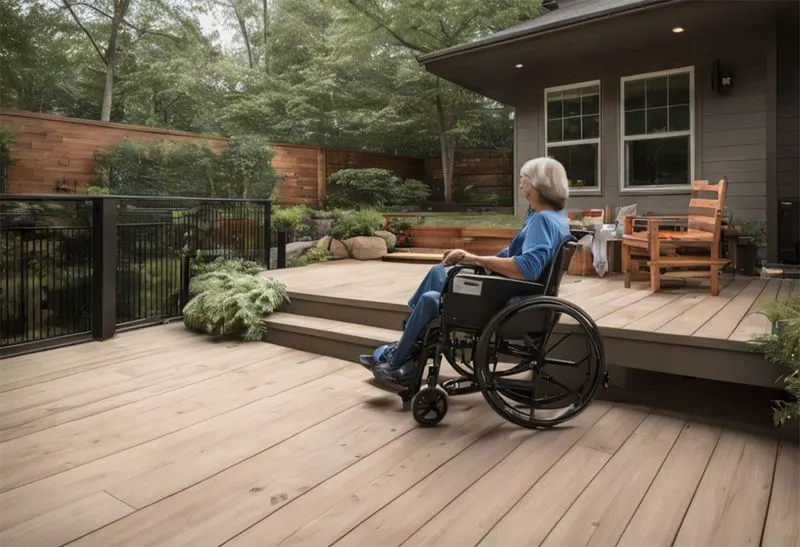
Accessibility is key for inclusive garden enjoyment. Paths should be wide and even, accommodating strollers and wheelchairs. Select non-slip materials for safety. Ensure seating areas are reachable and comfortable. Height considerations in planting beds and furniture enhance accessibility. Thoughtful design accommodates all ages and abilities, encouraging use by everyone. Incorporating accessibility improves the garden’s functionality without compromising aesthetics. This inclusive approach ensures your garden remains a welcoming space for all visitors.
Plan for Maintenance
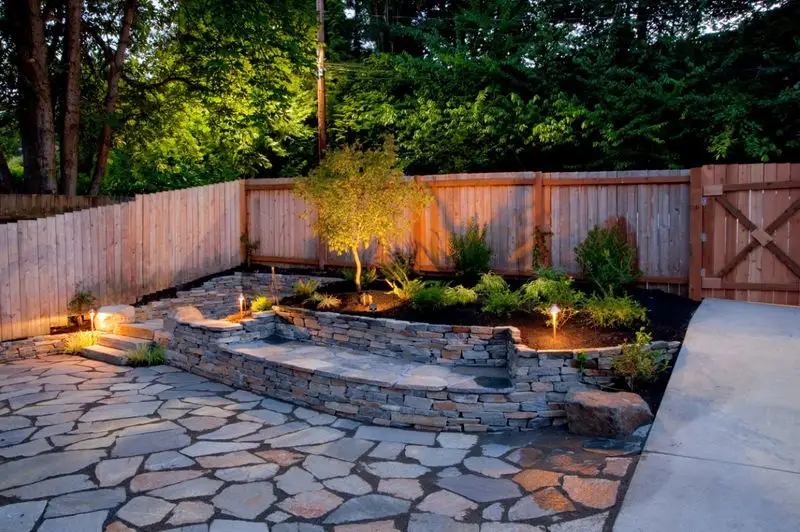
Regular maintenance ensures a thriving garden. Plan for tasks like pruning, fertilizing, and watering. Choose low-maintenance plants if time is limited. Automated irrigation systems and mulching reduce workload. Regular upkeep prevents overgrowth and promotes healthy plants. Set a schedule to keep tasks manageable. Maintenance planning avoids garden neglect and preserves your investment. A well-maintained garden offers lasting beauty and enjoyment. Thoughtful planning results in a landscape that flourishes with minimal effort.
Use Sustainable Practices
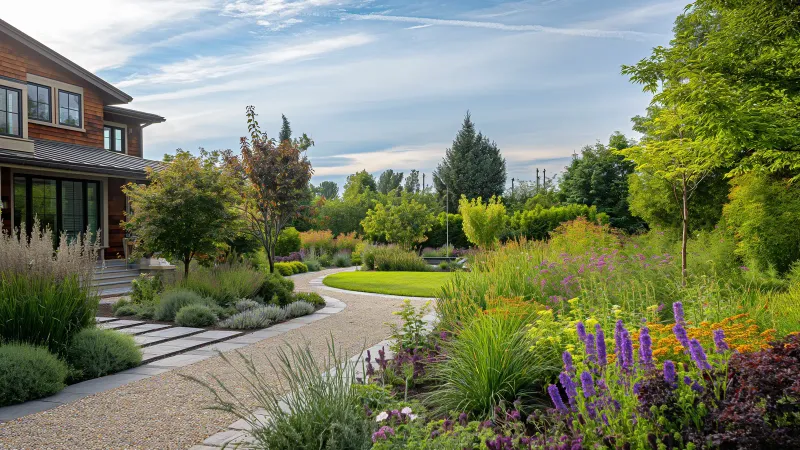
Sustainable practices enhance garden health and reduce environmental impact. Composting recycles organic waste into nutrient-rich soil. Rainwater collection systems conserve water. Use organic fertilizers and pest control for a natural approach. Selecting native and drought-resistant plants reduces resource consumption. Sustainable practices create a balanced ecosystem that supports plant and animal life. Incorporating these methods reduces maintenance and enhances garden resilience. A sustainable garden is both eco-friendly and aesthetically pleasing, contributing to long-term environmental health.
Add Personal Touches
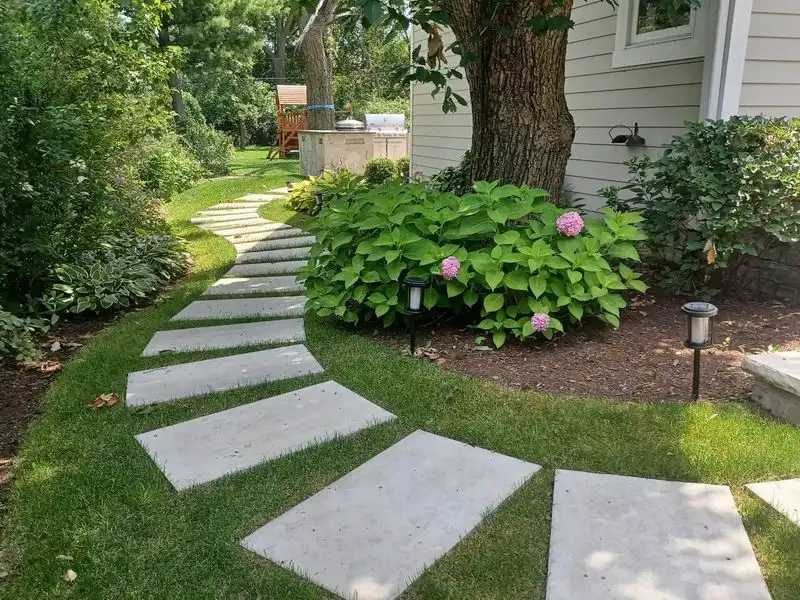
Personal touches make a garden truly your own. Incorporate elements that reflect your personality and interests. Handmade sculptures, unique furniture, or art pieces add individuality. Personal touches transform a garden into a space of self-expression and joy. Consider color schemes and themes that resonate with you. These elements make the garden inviting and memorable. A personalized garden becomes a cherished retreat, filled with meaningful details. Creativity and imagination turn your outdoor space into a true reflection of yourself.

